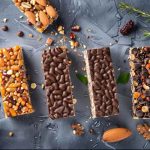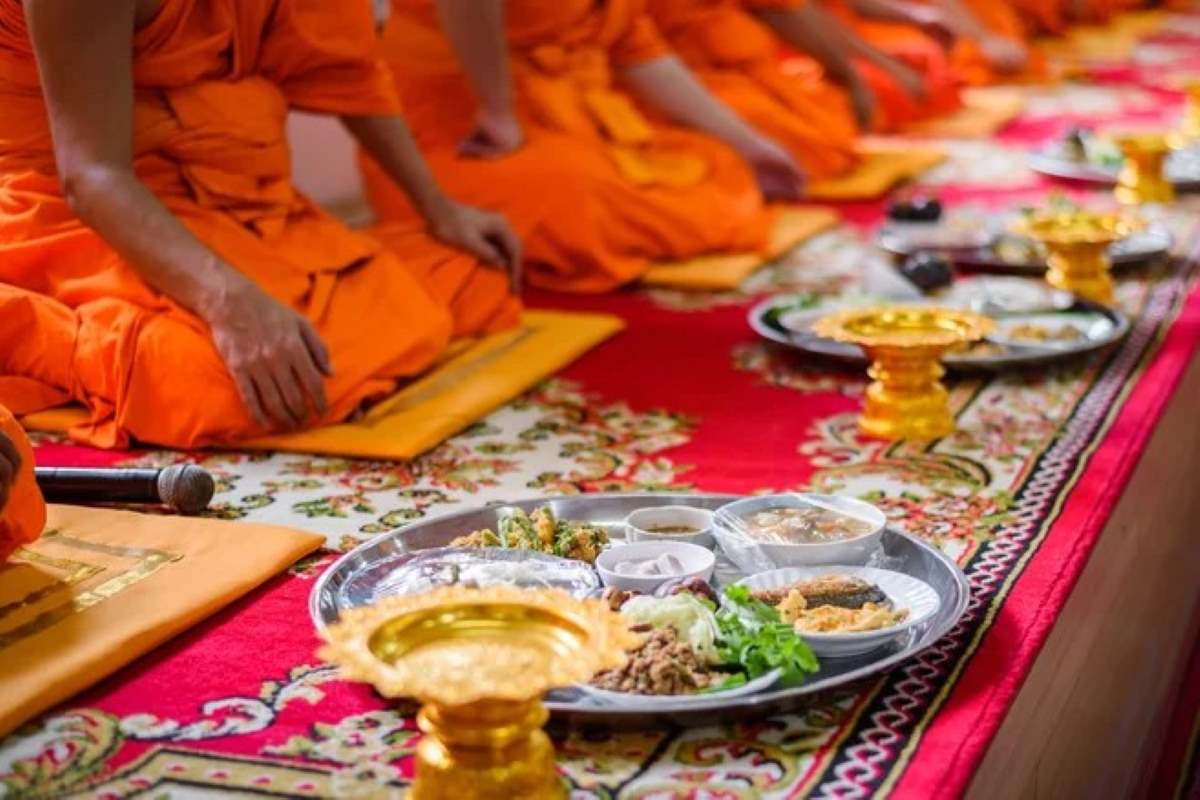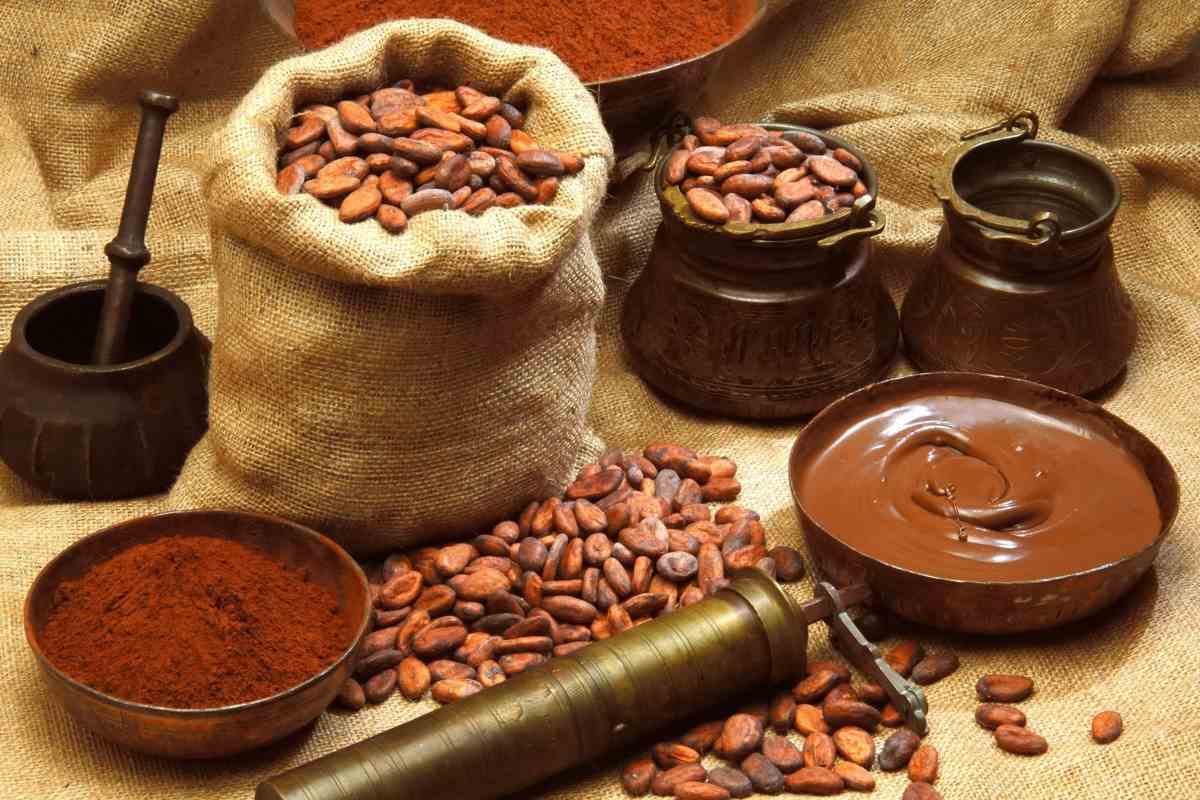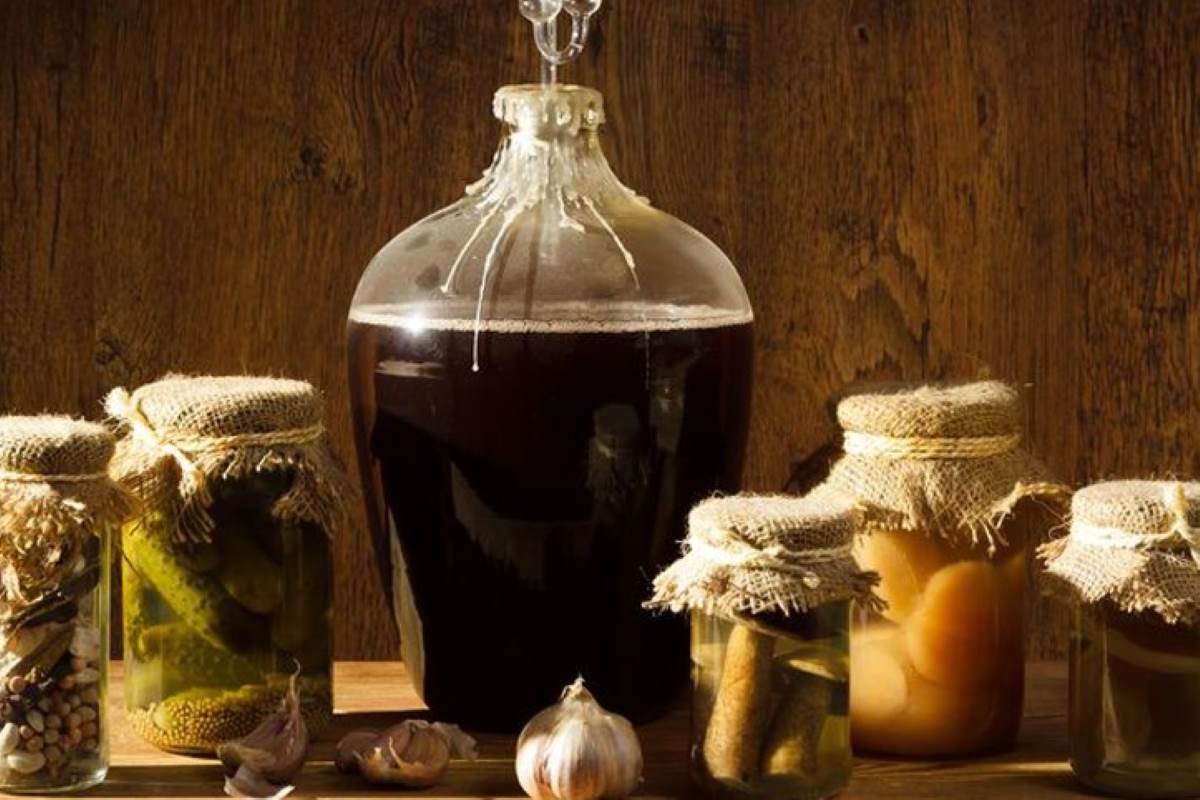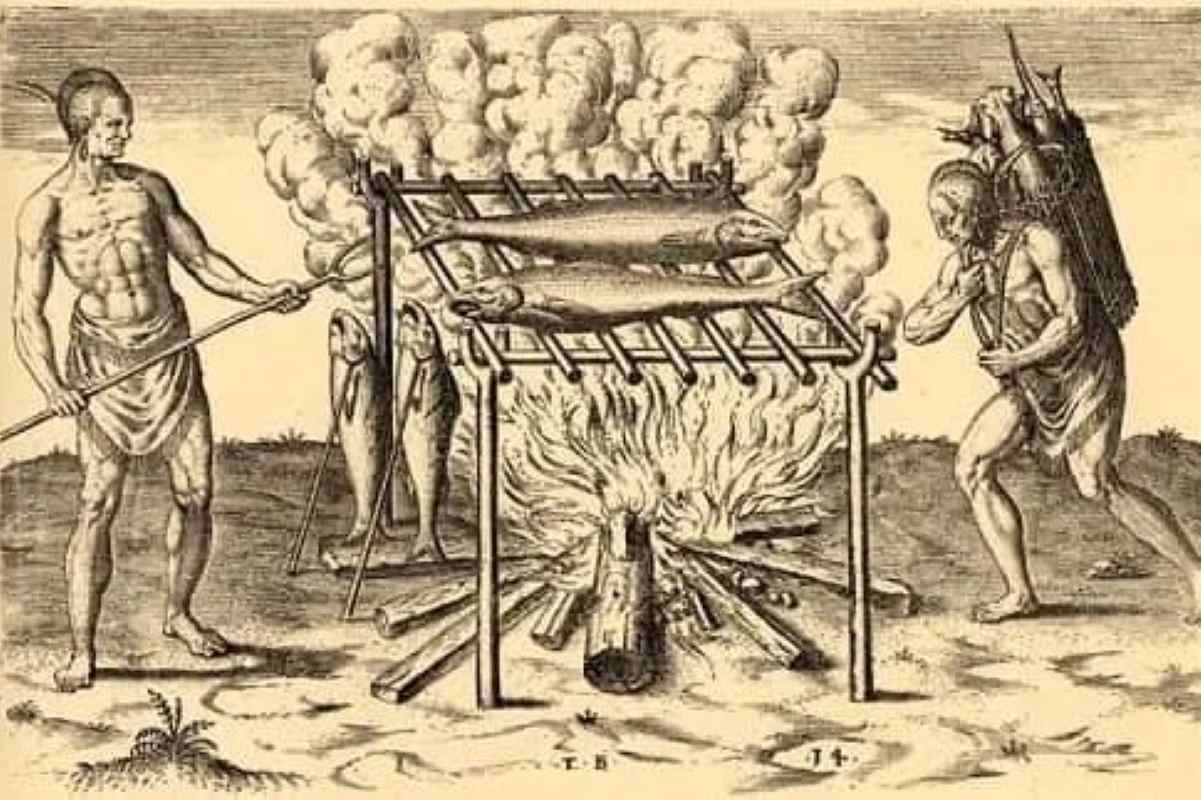Igloos may have become a rarity in the Arctic, but the traditional Inuit diet persists in some communities. The prevailing cold weather in the Arctic directly affects local culture. For instance, it influences the kind of food that makes it to the plate of Arctic-dwellers. For example, the year-round winter makes fresh produce hard to come by. Consequently, the indigenous Arctic diet does not follow the same food pyramid as those that apply in the temperate and tropical zones of the planet.
The Inuit are a group of aboriginal tribes that are native to the Arctic region of the Earth. The people of this tribe are very hardy and have learned to adapt to the coldest environments on earth.
The traditional Inuit diet teaches us about the potential adaptability and sustainability of human nutrition. Like ancient hunter-gatherers of the tropics, Inuit nutrition prioritizes survival food traditions over culinary excesses. So, this piece will explain Inuit nutrition science and break down the peculiarities of Arctic indigenous food.
Core Components of the Inuit Diet
Taking a snapshot of the indigenous food traditions of the Inuit will reveal that the tribe prioritize proteins and fat as energy sources. So, over the years, the Inuit have developed a taste for animal-based foods. Meat from whales, seals, caribou, fish, birds and their eggs are regular suspects in the average Inuit diet. Occasionally, they also eat plant-based foods that are in season. Seaweed, leaves, roots, and berries are seasonal, and the Inuit will exploit them as Arctic survival foods when available.
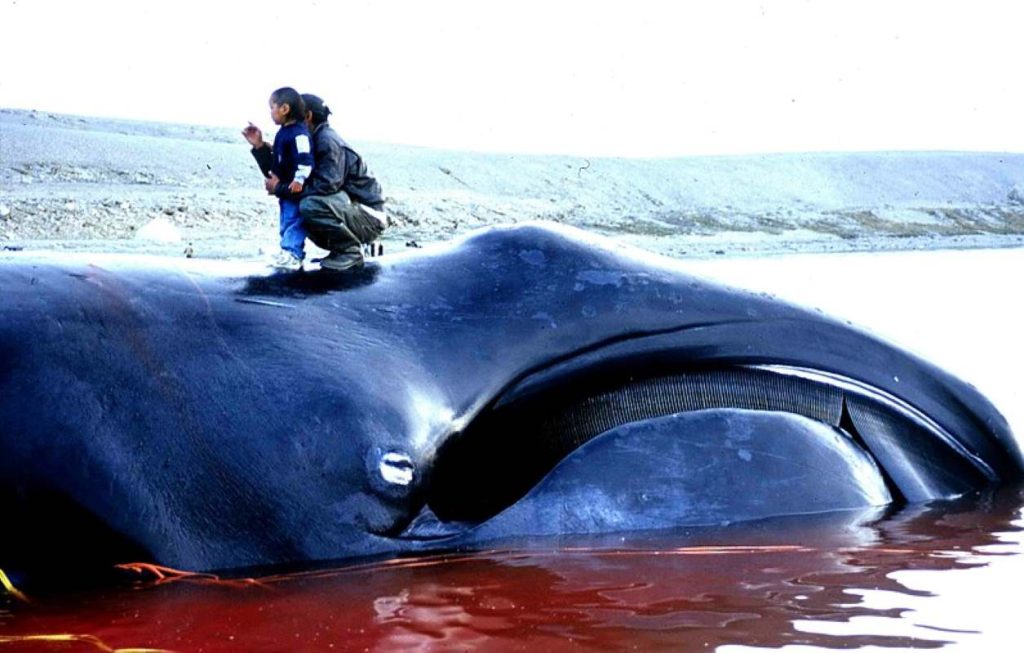
Inuits are famed for embracing sustainable practices in their survival food traditions. This tradition translates to utilizing almost every part of venison; skin, organs, meat and fatty tissues, all are consumed. Also, the planting seasons in the Arctic are very short. Consequently, the Inuit are non-reliant on plant-based foods, and only add them to meals when available. So, this tribe has evolved to obtain all its essential nutrients from animal sources.
ALSO READ: Inside the World of Monastic Cooking Traditions: Simple, Sacred, and Sustainable
Nutritional Science Behind the Traditional Inuit Diet
The traditional foods of the Inuit will come off as an oddity to someone only familiar with modern-day diets. The elephant in the room here is the fact that meat-based diets have been largely touted as unhealthy. So, it becomes necessary to objectively consider why the Inuit live off meat and record very low mortality from cardiovascular diseases (CVD). It is essential to clarify that the Inuit do not thrive on farmed meat, like commercial poultry, pork or beef. Instead, their survival food traditions constrain them to ‘eat from the wild.’
1. Rich in Omega-3 Fatty Acids
One reason the traditional Inuit diet has kept the aboriginal tribe healthy, instead of ailing, is that it is an Omega-3-rich diet. According to the American Heart Association, there are multiple science-backed indications that a diet rich in Omega-3 fatty acids is beneficial to heart health. The Inuit diet prominently features seafood, a major source of this macronutrient. This submission on the relationship between Inuit diets and low CVD mortality rate is only true for communities that have not embraced westernized diets.
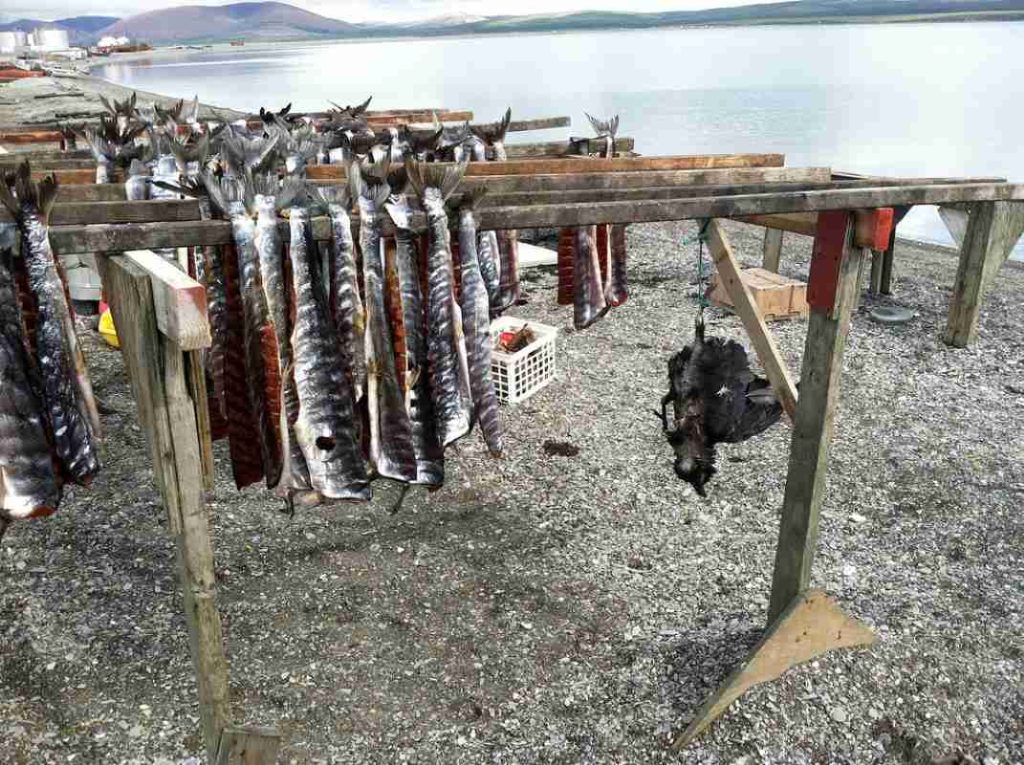
2. Dietary Source of Vitamins C and D
The Arctic region is frozen over for most of the year due to its sparse supply of sunlight. While people living around the equator belt obtain vitamin D almost effortlessly from sunlight, the Inuit have to get the micronutrient from dietary sources. Ancient Arctic dwellers may not have realized that they were making up for vitamin D deficiencies by consuming oily fish and nutrient-rich organs of mammals. However, contemporary Inuit nutrition science has proven that to be the case.
Another twist to the traditional Inuit diet is how it supplies vitamin C to these Arctic dwellers. Vitamin C is heat-labile, meaning it loses its organic structure and nutritional vitality when exposed to cooking heat. Interestingly, the Inuit can eat their meat in various forms: raw, dried, frozen, fermented, or cooked. So, they obtain vitamin C by eating raw or frozen foods like seal brain, muktuk (whale skin and blubber), seaweed, or reindeer liver.
Cultural and Survival Practices of Inuits
Keeping food shelf stable, the way a modern household does, would be a luxury for the Inuit. For instance, when this tribe does manage to generate heat, it is to keep warm, and seldom to cook food. Consequently, Arctic indigenous foods are seldom heat-processed. It is little surprise that foods in this region rely largely on fermentation, freezing, and drying in the cold wind as methods of preservation.
Also, the Inuit sometimes save themselves the trouble of preserving food through communal hunting and food sharing. For instance, it is not customary for single families to put their lives in jeopardy to hunt a bear and stash the booty for future consumption. Instead, entire communities hunt together and share the catch, reducing the likelihood of fatalities.
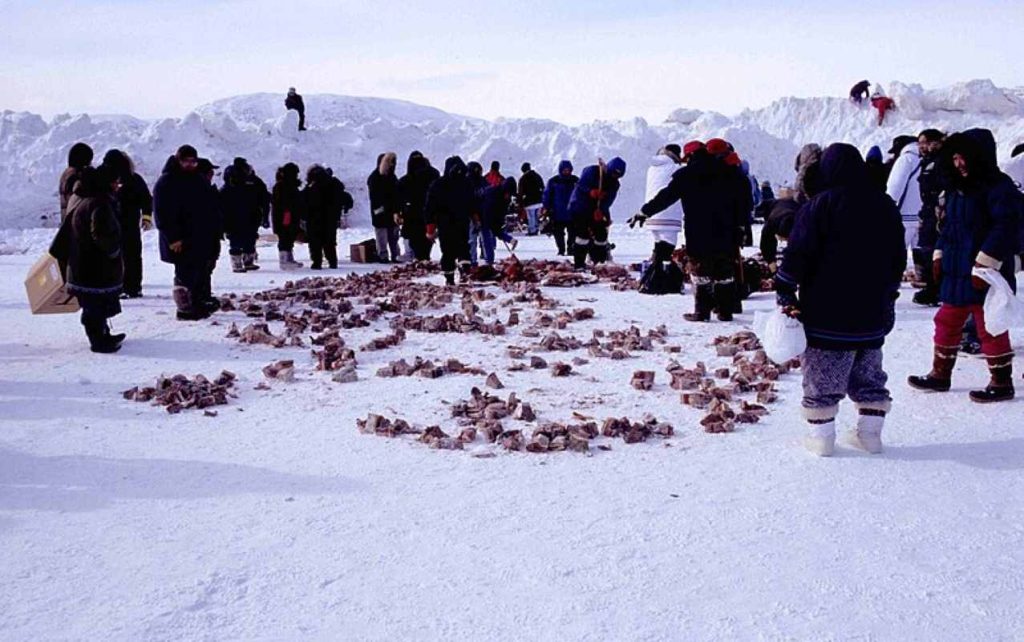
Despite living off the wild, the Inuit have a spiritual connection with their environment. So, you’re unlikely to find the Inuit poaching a herd of reindeer for commercial gains. They only take what they need for the moment and make the most of whatever is at their disposal. The Inuit believe in reincarnation and perceive that everything around them has a spirit. This philosophy underlies why they seldom allow any part of venison to go to waste. Also, it is commonplace to find the Inuit performing rituals after a hunt, a sort of obeisance to the animal that was slaughtered.
Modern Changes and Challenges
A team of Canadian researchers conducted a health survey in 2008 to determine how contemporary Inuit adults obtain their dietary energy and nutrients. The study revealed that the Inuits of present-day Northern Canada still rely on indigenous Arctic diets for nutritional sustenance.
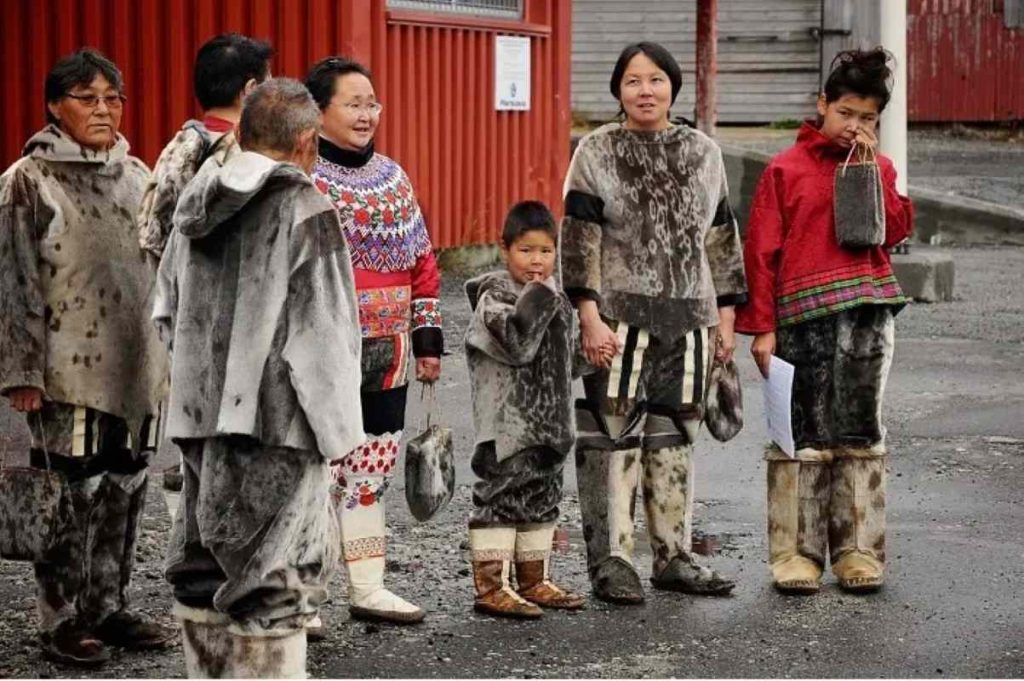
However, some Inuit communities are starting to embrace processed foods for a combination of reasons. Globalization has brought the Inuit into contact with various cultures from around the world, causing them to experiment with modern cuisines. Then there’s the case of the Inuit adjusting to urbanization, bringing technologies that make extreme survival traditions unnecessary.
Climate change is another reason why the traditional Inuit diet may become less appealing to the modern Arctic-dweller. Ice sheets are receding, native animals are migrating, and some of the animals that Inuit hunt in the wild are becoming scarce.
ALSO READ: How Long Can Leftovers Last in the Fridge Before They Go Bad?
Lessons for Modern Readers
There are a couple of things a contemporary reader could take away from this spotlight on the traditional Inuit diet. This tribe has a habit of chasing essential nutrients and not essential foods by adapting their diet to their environment. In modern times, some folks are more concerned with maintaining a vegan or keto diet than worrying about the nutrients they get.
Speaking of nutrients, the Inuit understand the value of nutrient density over volume. So, their traditional diets are usually rich sources of vitamins A, D and C, iron, zinc, protein and other essential nutrients. On the contrary, the average modern diet consists of processed foods that are often rich in calories, but miserly in essential nutrients.
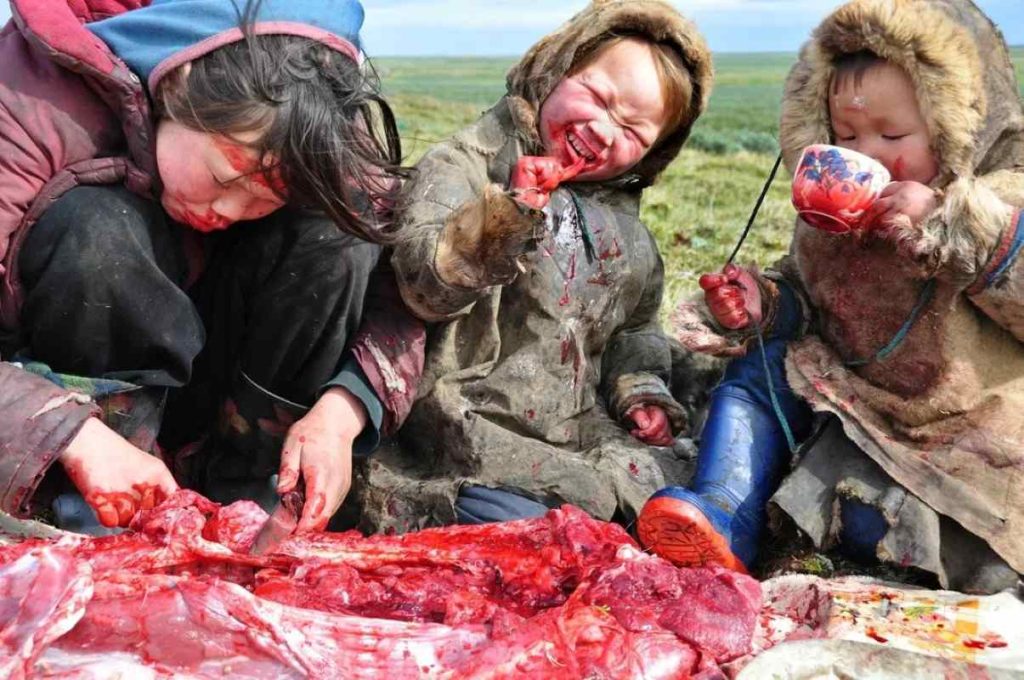
Some may argue that the Inuit’s practice of surviving off wild animals is unethical. However, remember that they do it sustainably. Animals are never hunted for sport, and the community makes sure nothing goes to waste. Besides, this tribe takes only what they need for survival from the environment and lets what’s left thrive.
It may be impractical to completely adopt a traditional Inuit diet in Kansas, Brussels, or even modern suburban cities of the Arctic. However, adopting these philosophies may save the modern human population from endemic health conditions like obesity and CVD.
Inuit food traditions remind us that survival isn’t just about eating, it’s about eating with purpose.





